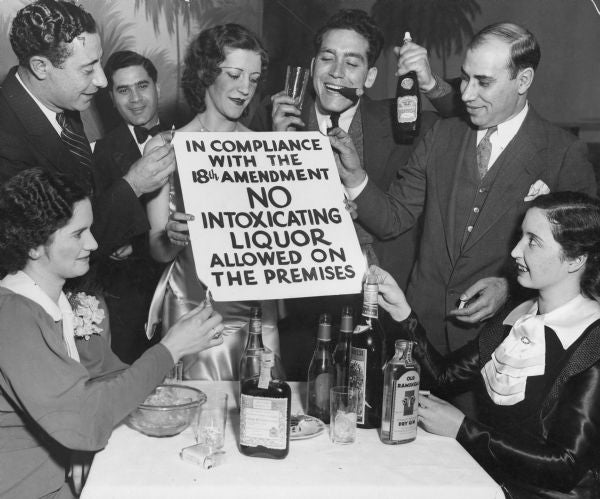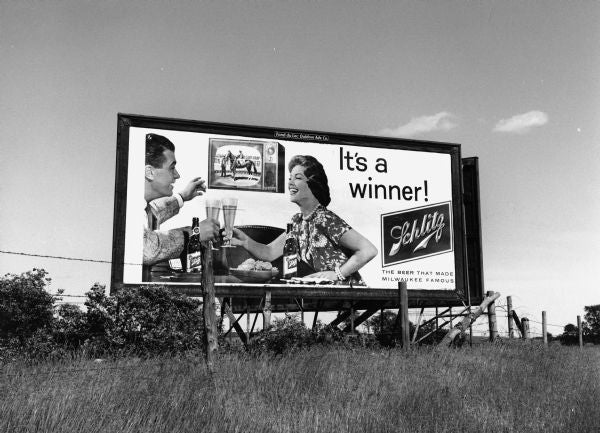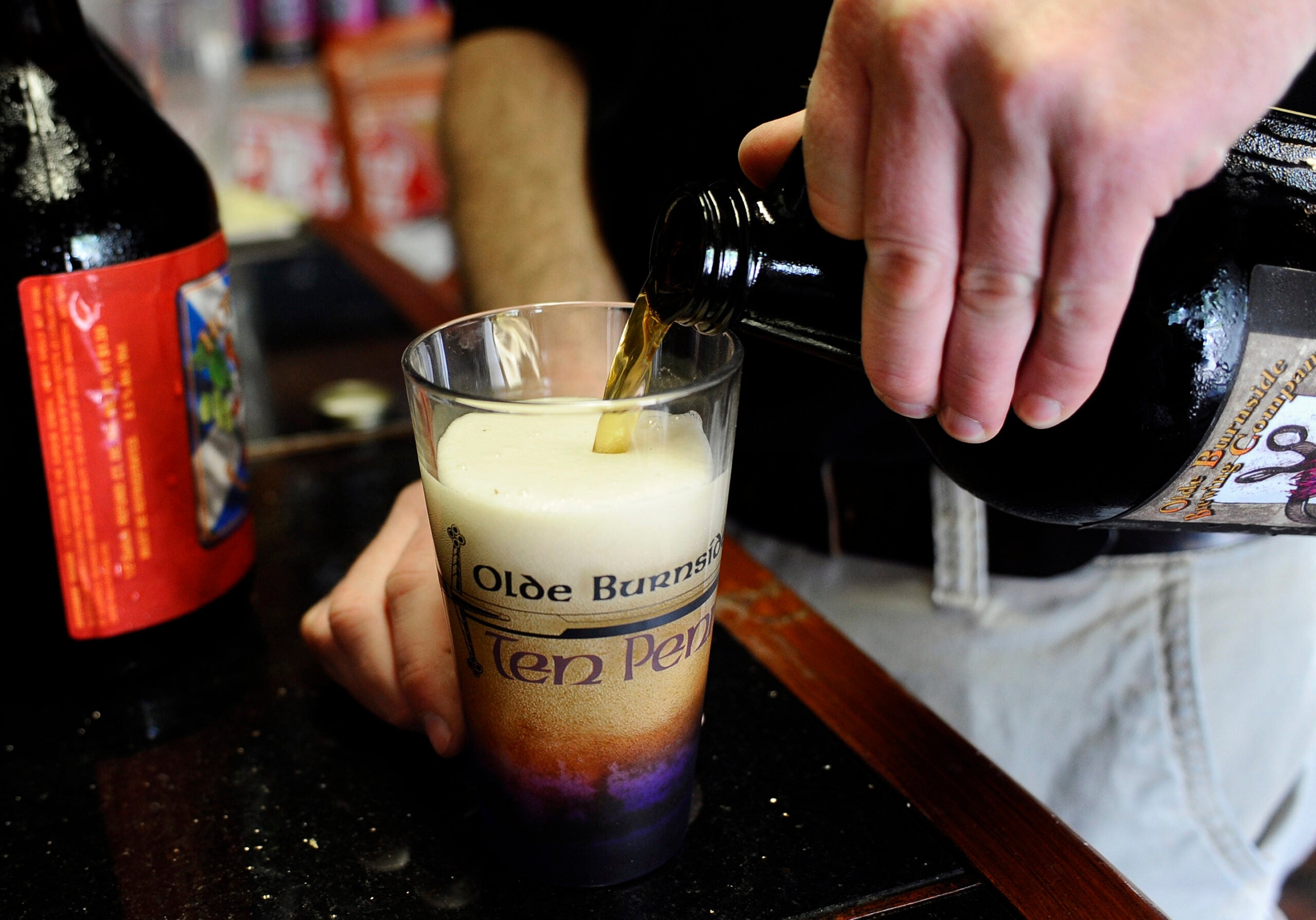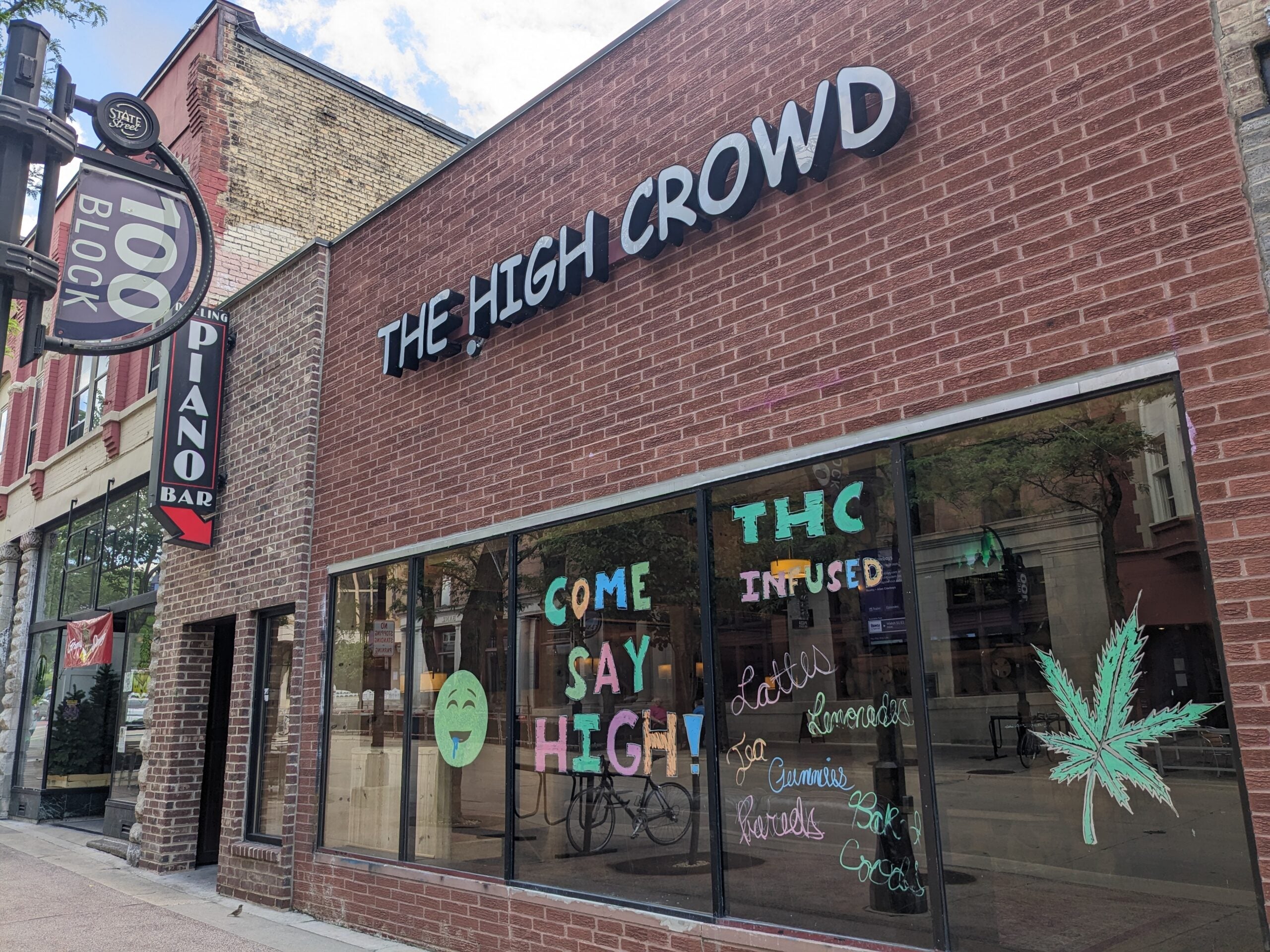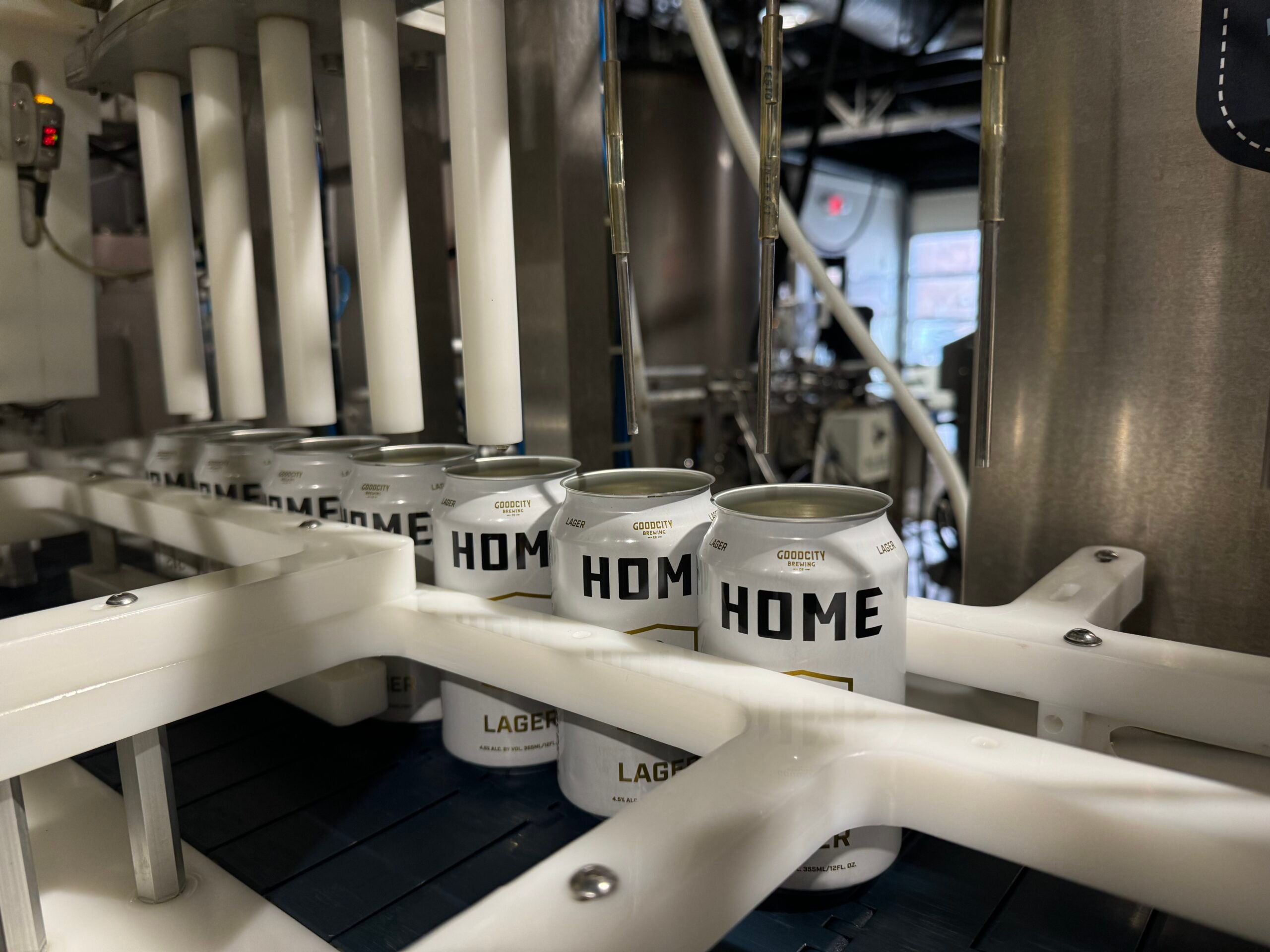Every state is known for something.
New York has Broadway. California has movie stars you’ll only see in Hollywood (or on Instagram). Maine is known for its lobster, and Iowa has corn. Here in Wisconsin, we’re known for a lot of products — including beer.
It’s the state’s history with the beer industry that made one WHYsconsin listener wonder what happened to Wisconsin’s breweries and alcohol production during prohibition.
News with a little more humanity
WPR’s “Wisconsin Today” newsletter keeps you connected to the state you love without feeling overwhelmed. No paywall. No agenda. No corporate filter.
Prohibition began in the 1920s when the 18th Amendment of the U.S. Constitution prohibited the manufacturing, transportation and sale of intoxicating beverages — it did not make the possession or consumption of alcohol illegal. It was a federal law, known as the Volstead Act, that explained how to enforce prohibition, and Wisconsin passed the Severson Act, which locally mandated the enforcement of the federal law.
The purpose of prohibition was to decrease the amount of drinking. According to PBS, by the 1850s, the average person in America drank about seven gallons of alcohol a year. That is about three times more than Americans today. This culture of drinking continued up until prohibition began.
Lis Shea became curious about this sliver of Wisconsin history after a trip to Potosi Brewing Company, founded in 1852. The Cross Plains resident reached out to Wisconsin Public Radio’s WHYsconsin to learn more about how breweries operated during the 1920s and 30s.
“I was surprised to hear that they didn’t shut down during prohibition, they just switched to a similar product,” Shea said.
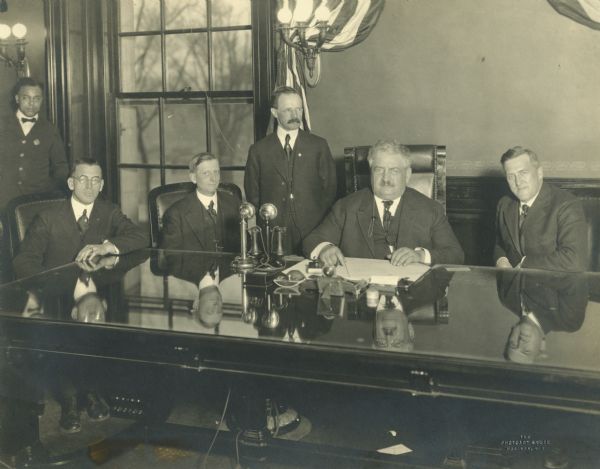
Potosi Brewing Co., founded in 1852, remained open during prohibition and switched from producing beer to making nonalcoholic beer. They also started bottling milk they made on the company’s farm.
Potosi Brewing wasn’t alone. During prohibition, several breweries throughout the state were forced to pivot.
Ben Barbera, the director of collections and exhibitions at the Milwaukee County Historical Society, said Potosi Brewing and other breweries attempted to make “near beer,” the process of making regular beer and then boiling the alcohol out of it. While a seemingly efficient idea with the space and equipment breweries had, it was not a very popular or successful product.
Barbera said breweries had a year to reduce beer and alcohol production from when the 18th Amendment went into effect in 1919 to when Congress passed the Volstead Act in 1920.
In an effort to stay afloat and make some profit, Barbera said major breweries switched to making other, more profitable products.
Schlitz Beer Co. in Milwaukee began making chocolate bars and opened a whole new factory in what is now Glendale. Blatz Brewing Co. made chewing gum. The Pabst family had large dairy farms in Washington Highlands, so they made processed cheese products. Gettleman Brewing Co.’s founder Fritz Gettleman was a bit of a tinkerer, so the Milwaukee-based company switched to producing snowplows.
Breweries also found ways to help people access alcohol.
Historian Jim Draeger said some companies switched to malt products to make illegal home brewing possible. While these companies attempted to continue to produce products of some sort with what they had, none of these switches were as profitable as making beer.
Prior to prohibition, brewing was the fourth-largest industry in Milwaukee, said Draeger, author of “Bottoms Up: A Toast to Wisconsin’s Historic Bars and Breweries.” He said thousands of people were impacted by prohibition, including tavern workers and owners, brewery factory workers, and the people transporting the product to taverns and liquor stores.
“Just imagine today if the fourth-largest industry in Milwaukee closed down and all of the people who worked in that industry were put out of work,” Draeger said. “That’s what happened in Milwaukee. It was devastating for a lot of people.”
Breweries were central parts of Wisconsin communities. In 1860, there were about 200 breweries in Wisconsin; Milwaukee had over 40 — and those numbers continued to grow before prohibition. According to the Wisconsin Historical Society, Wisconsin farmers produced the grain brewers used, and those beer by-products could then be reused by the farmers for their livestock. The brewing industry provided jobs, and it sponsored community events and sports teams.

Advertisement for Blatz Private Stock, a “de-alcoholized” beer brewed in Milwaukee during prohibition. The ad shows a couple picnicking near a lake and mountains with a child playing in the background. Image courtesy of the Wisconsin Historical Society and Wisconsin Historic Images
Before Prohibition
Prohibition didn’t just impact local jobs and the economy, it also impacted the culture of people who came to Wisconsin from European countries.
There’s a rich history to Wisconsin’s drinking culture and where it came from, and it dates back well before prohibition, said John Harry, executive director of the Portage County Historical Society. For example, Harry said the miners who drank at one of Wisconsin’s first breweries in Mineral Point were largely from Wales.
“But as Germans and other central European nations immigrated to the state, they brought with them a culture of beer drinking and the community of beer drinking,” Harry said.
Harry explained that prohibition, while advertised as a pro-family decision for the country, was an “ethnic war on immigrants” — mainly from Germany, Ireland, Poland and Italy.
“It wasn’t just a party necessarily all the time,” Harry said. “It was more of a communal thing that they would do to bring their culture.”
Barbera said Yankees, who were typically of higher class and Protestant, began demonizing alcohol and viewed drinking as a habit of the poor and working class.
“The same people who wanted to limit immigration saw this as a vehicle for enforcing Americanization,” Barbera said.
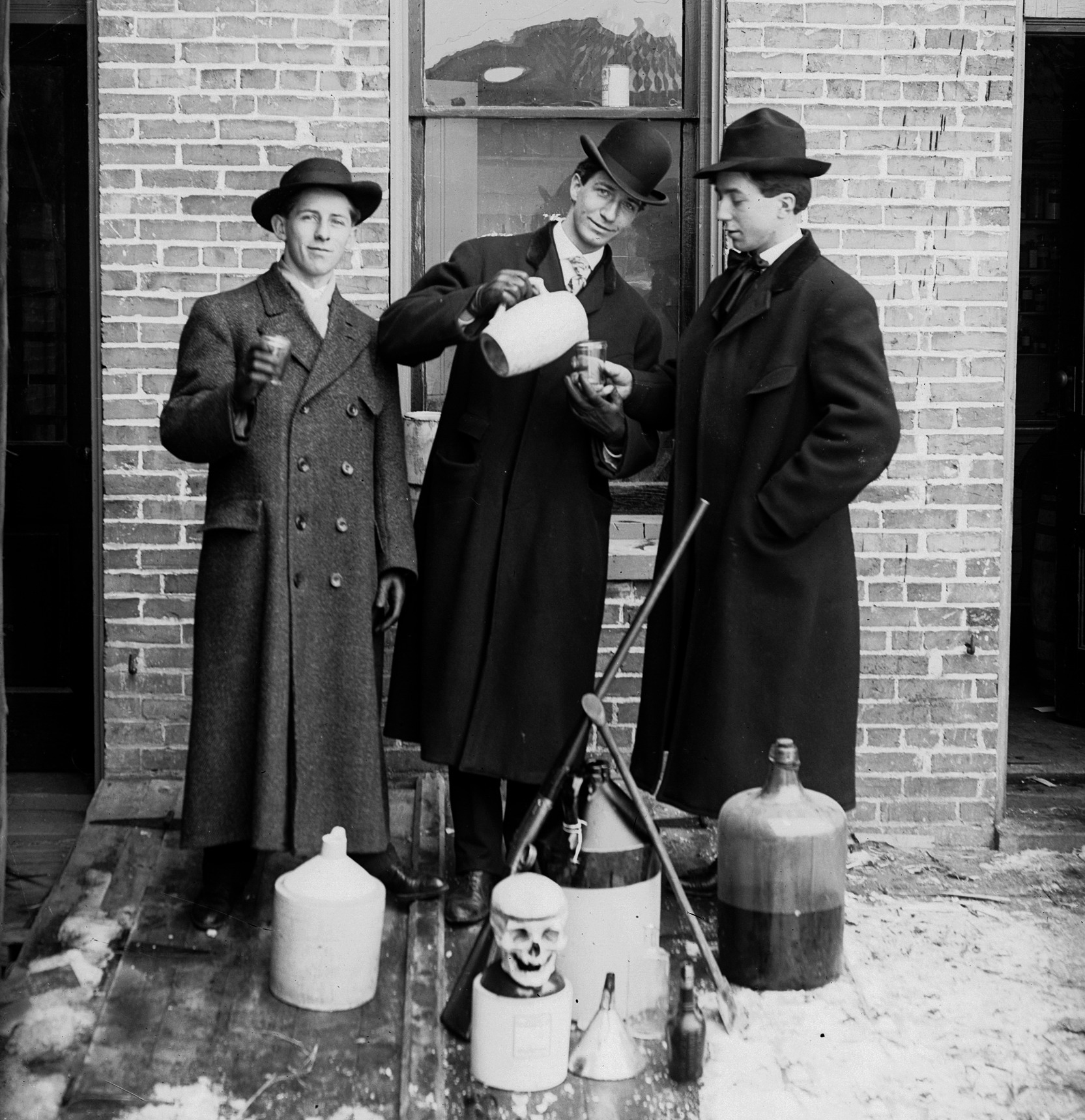
The lower class was impacted by prohibition differently than those of a higher class.
Draeger, the historian and author, said thousands of people died from illegally produced alcohol. People who were poor only had access to alcohol made at home, and in some cases it caused permanent blindness. People with more money purchased crates of alcohol before prohibition went into effect — some even bought out liquor stores, he said.

Two drawings illustrating a hyperbolic comparison between a society which permits drinking of alcoholic beverages and one that does not. Image courtesy of the Wisconsin Historical Society and Wisconsin Historic Images
“I like to say the two most effective things that came out of prohibition were making ordinary people criminals and creating organized crime,” Draeger said.
But before the arguments against the production and selling of alcohol became focused on the demonizing of immigrants, there was the temperance movement. The movement against alcohol can be dated back as early as the 1830s and began to gain momentum among domestic women and Protestants who saw it as a way to protect children and women’s rights.
“They thought the government could be a source of social betterment,” Draeger said. “And truly one of the most difficult problems of the turn of the century were problems related to alcohol.”
These problems included the regulation of alcohol.
Before prohibition, liquor licenses were given out more freely. Draeger said underage drinking was viewed as normal and penalties for supplying alcohol to underage drinkers were infrequent. Drinking was viewed as part of working life.
“At one point, I think it was around the year 1900, something like one third of the city’s aldermen were also saloon keepers,” Barbera said of Milwaukee’s politicians. “And this was a place where mostly men would gather after work, and they would talk about the issues of the day and the politics. So, a lot of machine politics and things like that took place in saloons and beer gardens.”
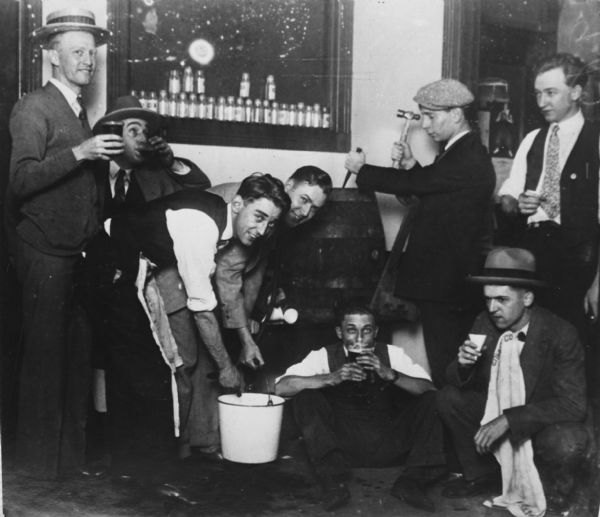
A culture shift
Within a few years of prohibition, speakeasies began operating and women, eventually known as flappers, became regulars at the underground bars and nightclubs.
“There’s a whole cultural shift happening at this time,” Harry said. “You have books like ‘The Great Gatsby’ and prohibition-era things going on that are somewhat liberating what the temperance movement was trying to protect.”
At the time, football teams were excited to travel to Green Bay because of the relaxed enforcement of prohibition in the area. Dennis Jacobs from the Brown County Historical Society said Green Bay was never fully dry.
“What made it really desirable was across the border to the town of Preble, there’s a number of road houses and also a number of houses of ill repute,” Jacobs said. “So the teams would have access to alcohol and access to women.”
Harry said stories of corrupt politicians and red-handed law enforcement riddle the history of prohibition in Wisconsin.
While some of it is true, Barbera said those stories are oversimplified.
Raids were a regular occurrence in Milwaukee, beginning as early as 1920 and 1921. Law enforcement went into speakeasies and restaurants to catch workers selling alcohol. The U.S. Coast Guard regularly stopped shipments of questionable beverages. Law enforcement would inspect the homes of people accused of bootlegging and ticket them. In 1920 alone, some $100,000 worth of fines were issued, Barbera said.
“That was significantly less money than was made in liquor licenses prior to prohibition, but it’s still pretty significant,” Barbera said.
Eventually, saloons in Milwaukee created a system where they’d warn each other if they were raided or heard a raid was coming. The message would be passed on so by the time law enforcement arrived at some saloons, no alcohol was found.
It wasn’t easy for the handful of federal agents stationed in southeastern Wisconsin enforcing prohibition laws.
“They were supposed to work with local jurisdiction, police, sheriff, to enforce these laws,” Barbera said. “They often didn’t work well together. That was a barrier to enforcement. And then there was also that people who were in charge of enforcing these laws were at the same time accepting bribes, participating in bootlegging and rum-running themselves. There were a lot of people who signed up as enforcement agents that thought it was going to be a way to make money on the side.”
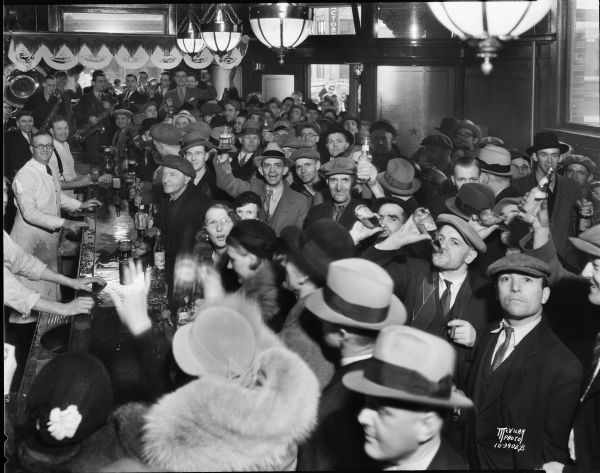
A ‘decimated’ industry
Fast-forward to the end of prohibition in 1933 and there’s a shift in where people choose to drink. Prior to prohibition, most people drank in saloons, pubs or restaurants. Afterward, people started to drink at home more often.
“That changed the way that especially beer was marketed and the way it was sold,” Barbera said. “Instead of it all being sold in barrels where people would go to drink it on tap, they started canning beer in 1935.”
After the 21st Amendment ended federal prohibition, Wisconsin quickly worked to reinstate liquor laws and to allow breweries to once again do what they do best — make beer. But the industry wouldn’t ever be the same.
“It decimated an industry, and I think what gets lost a lot is people tend to focus on prohibition and then think, ‘Prohibition ended, and the world went back to normal,’” Harry said about the years following prohibition. “And that’s not the case at all. After prohibition there was still this fear that this could come back.”
Mass consolidation began, and big breweries were undercutting smaller ones to stay in business in case something like prohibition were to happen again.
In 1933, there were about 750 breweries in the United States, Harry said. By 1973, there were 65. It wasn’t until the 2000s when the craft brewery industry brought life to the beer world.
“The legacy of prohibition took almost 100 years to get back to something even close to what was before prohibition in terms of numbers,” Harry said.
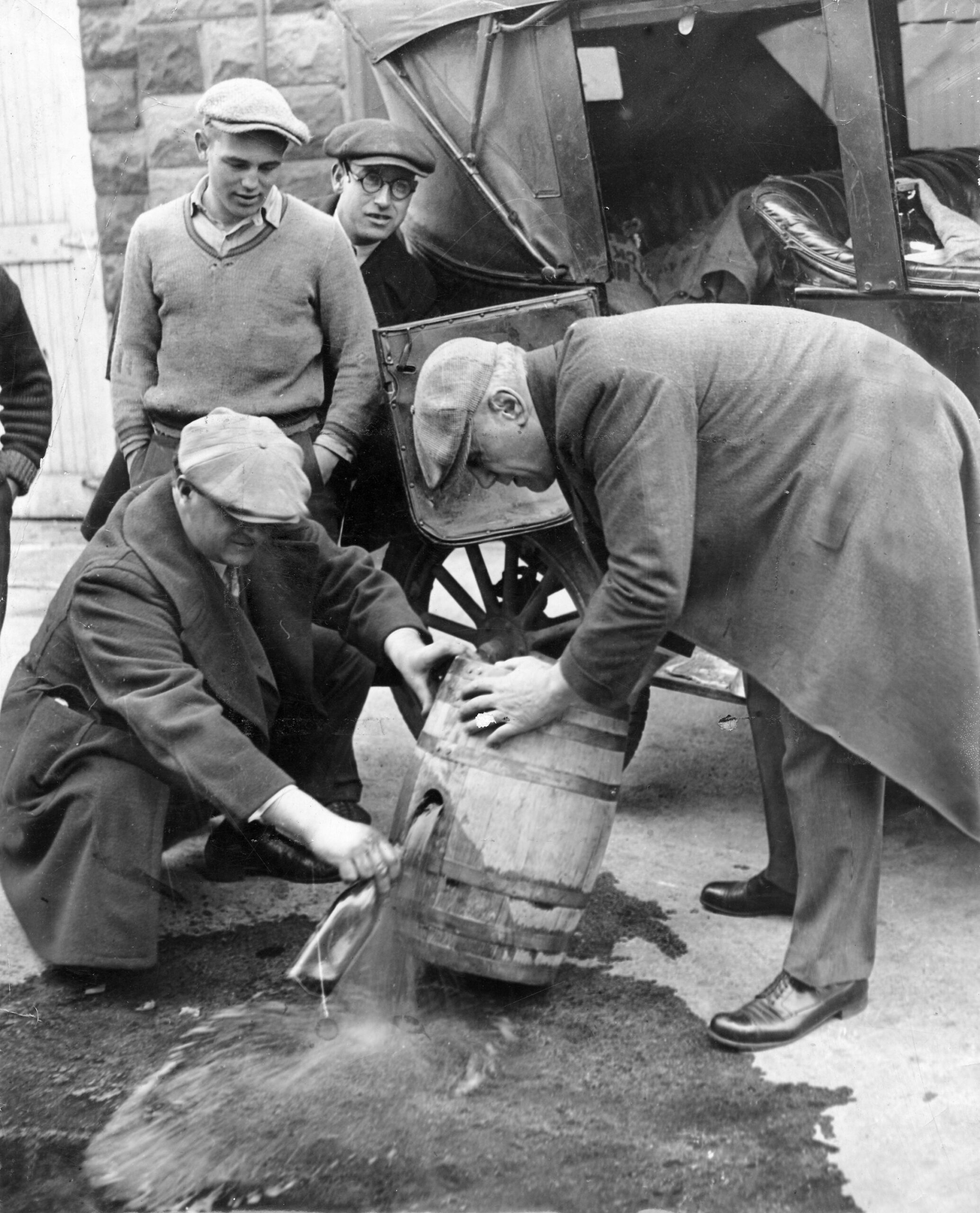
This story was inspired by a question shared with WHYsconsin. Submit your question below or at wpr.org/WHYsconsin and we might answer it.

